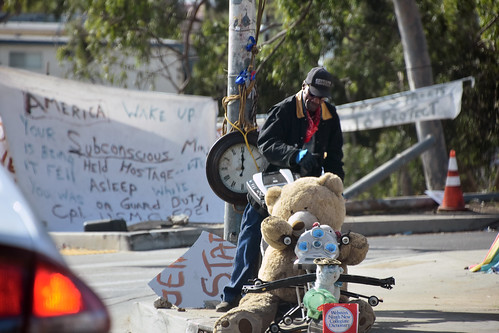Taylor Swift Expands Our Image of a Landmark Album With ‘Speak Now: Taylor’s Version’
Rolling Stone #RollingStone

When it was released in 2010, Speak Now represented a milestone in Taylor Swift’s career. Penned during her first headlining tour, it was the first time the 20-year-old hitmaker had written all the songs on one of her albums. Thirteen years later, Swift’s third album is also her third re-recorded album, part of her project to reclaim her work from the entities that now hold the masters of her first six full-lengths.
Swift wrote and recorded Speak Now while on the precipice of her teenage years, and her songwriting, which had its roots in country while taking cues from the then-dominant Warped Tour-beloved strain of pop-rock, was potent and knowing, full of illuminating details nestled inside closely told stories. Hooks like the overjoyed chorus of the lovestruck “Mine” land like they were made of Velcro, while more expansive tracks like the heartbroken “Dear John” and the ice-glazed apologia “Back to December” are precise in their unfurling, maximizing tension to make the listener feel Swift’s agonies. Her youthful outlook does peek through in spots; the lyrics of songs like the title track (an upbeat fantasia about Swift refusing to hold her peace at a wedding) and the smoldering “Enchanted” (a love-at-first-sight chronicle that crests with Swift wishing “please don’t be in love with someone else”) have a perception of romantic love that’s awash in swelling-soundtrack scenes, and at times tangled up with possessive desires.
Speak Now (Taylor’s Version), which Swift said was recorded when she was 32 (so sometime between December 2021 and ’22), is fairly faithful to the original sonically. Swift and engineer Christopher Rowe have made the production a smidge grittier than the country-radio-ready 2010 original, but nothing gets a wholesale reinvention. Swift’s vocals have become somewhat more measured since those days, but she channels her exuberance (and slight twang here and there) with gusto, making moments like the bridge of “Mean” (where Swift calls a tormentor “a liar, and pathetic, and alone in life and mean”) knowingly giddy. Editor’s picks
The biggest change is the swapping out of a lyric from the pop-punk poison-pen letter “Better Than Revenge” that was seen at the time as slightly slut-shaming toward its paramour-stealing target, with Swift sneering that her actress foe was “better known for the things that she does on the mattress.” Not only does the swapped-in version, “He was a moth to the flame/ she was holding the matches,” scan perfectly, it also shifts the blame to Swift’s ex’s tendency to be distracted by shiny, vintage-dress-wearing objects. Trending
Six new tracks rescued from Swift’s unrecorded-tracks vault offer a fuller picture of who Swift was during her evolution from country-pop phenom to globally dominating force. Two figures from that era of pop-punk drop in for cameos. Fall Out Boy frontman Patrick Stump acts as Swift’s foil on the pleasantly eager first-date duet “Electric Touch,” which condenses all the anxieties of an anticipated meeting into a shimmering four-minute pop gem; Paramore’s Hayley Williams appears on “Castles Crumbling,” a gauzy surveying of a ruined personal landscape that feels of a piece with “Innocent,” the Speak Now cut written in the wake of Kanye West rushing the stage and interrupting her acceptance speech at the 2009 MTV Video Music Awards.
The slinky “I Can See You” is the most surprising of the new tracks, led along by choppy riffing and a sinuous bass on its flirtatious verses before cresting into a triumphant Swiftian chorus. It and “When Emma Falls In Love,” a glittery ballad about an alluring older-sister figure, are perhaps the best summations of the Taylor’s Version project, bridging the years between Swift’s youth and her present with the sort of tenderness that comes from paging through dog-eared scrapbooks and dusty photo albums.